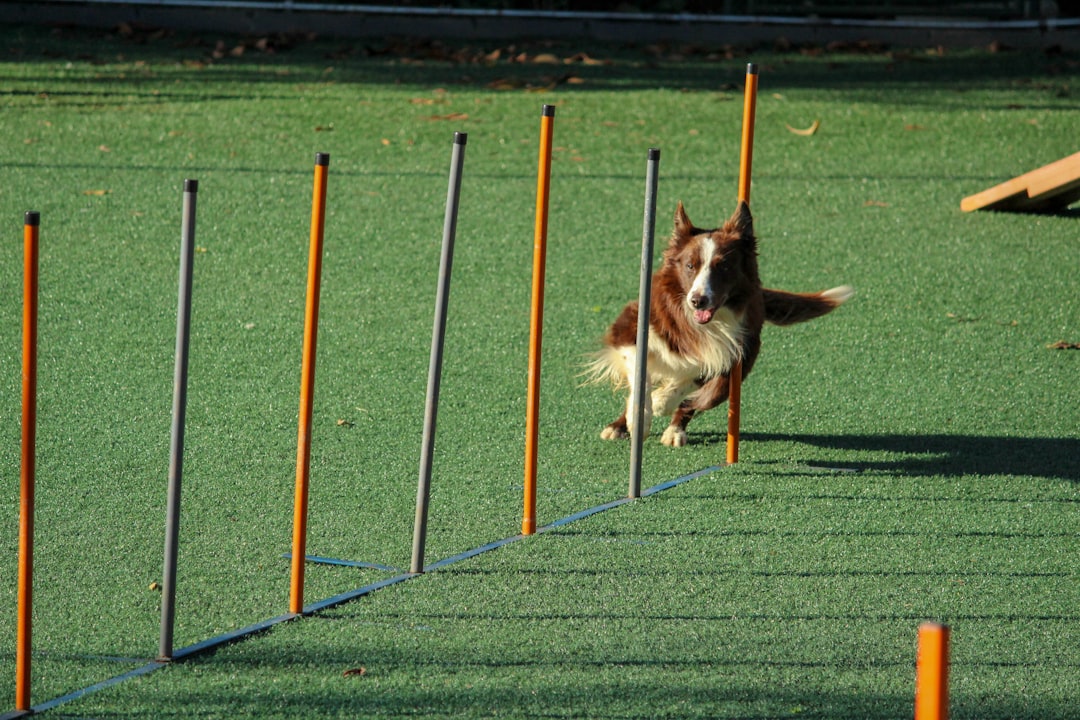 Photo from Unsplash
Photo from Unsplash
Originally Posted On: https://www.ancillaryk9.com/blog/the-messy-middle-of-dog-training
When a dog follows instructions one minute and then ignores them the next, owners may wonder what’s going on. Most trainers know the dog is just in “the messy middle” of the training journey: the dog knows the commands and how to respond, but struggles to let go of old behaviors, habits, and coping mechanisms.
How do you help the dog get through the messy middle to the other side?
-
Recognize that training involves a learning curve which can often include setbacks.
-
Stay calm and be patient; your dog can sense your distress.
-
Remember that training can be stressful! Especially with dogs who have deep habits of inappropriate behavior.
The Learning Curve
Toddlers learning to speak often have what’s described as a sudden “vocabulary explosion.” But knowing new words isn’t the same as knowing how to use them. A child may even start making mistakes with words they have used correctly just weeks earlier. This isn’t a sign the child is regressing; usually, it’s just that they’re learning new rules and struggling to apply them to the old information.
Dogs in training experience a similar learning curve:
-
They may learn to recognize many commands in a short time.
-
It can take repetition and a lot of trial and error before they’re consistently able to apply new behaviors outside of their training environment.
-
This process can be “messy” and the dog may act confused or stressed until the new behaviors become natural.
Keep Things on Track by Remaining Calm During Setbacks
Researchers have found that when owners have elevated cortisol (the hormone related to stress) their dogs, too, have higher cortisol levels. A dog that is already struggling will sense an owner’s distress and may understand that something is wrong, but they won’t know what it is or what to do about it. As a result, they may be even more prone to act nervous or resist the training process.
Training can be as Stressful for Dogs as It is for Humans
Forging new neural pathways is hard. So is building new muscles, which is why we’re sore after a visit to the gym. Learning new commands, new skills, and new behaviors is just as taxing for our dogs. Studies show that repetitive training can cause stress, muscle fatigue, and soreness in working dogs.
Just as we’re often reluctant to return to the gym after a particularly hard workout, over-fatigued dogs can show less motivation, become less active, and be less responsive to future training.
But just like an effective strength training and conditioning program, progressive overload and occasional failure is a part of the process.
So how can you keep your dog’s training on track and get through the “messy middle”?
-
Be patient with temporary setbacks.
-
Stay consistent and follow the plan.
-
Celebrate small victories.
-
Let you and your dog enjoy a “recovery day” now and then.
The skills will still be there when you pick things up again later—and they’ll likely be sharper and clearer than they were before.
If you have questions or need help with your dog, reserve a complimentary consultation.
